‘The Tragedy of Macbeth’: Creating a Stage from Shapes, Light, and Cinema

Curated by the IndieWire Crafts team, Craft Considerations is a platform for filmmakers to talk about recent work we believe is worthy of awards consideration. In partnership with Apple Original Films and A24, for this edition we look at how composer Carter Burwell, production designer Stefan Dechant, and costume designer Mary Zophres brought director Joel Coen’s cinematic interpretation of William Shakespeare’s “Macbeth” to life.
While Joel Coen’s adaptation of “Macbeth” — the story of how a Scottish general (Denzel Washington) and his wife (Frances McDormand) are lured to violence and madness by a prophecy he will become King — is faithful to Shakespeare’s text, the director is purposeful in removing the play from its historical time period or specific location. According to production designer Stefan Dechant, Coen wanted to embrace that the text was written as a theatrical experience, but that he wanted a distinctly cinematic interpretation of that theatricality.
More from IndieWire
'Nope': How Keke Palmer Grounded an Out-of-This-World Horror Story
Weaving 'The Fabelmans' from Steven Spielberg's Childhood Memories
Working with cinematographer Bruno Delbonnel and producer/star McDormand, the director collected black-and-white imagery that brought to life how his film’s true setting would be spaces constructed from light and shadow. According to composer Carter Burwell, the images spoke to how the film’s abstract setting would be defined by a reflection of the characters’ psychology, a rich palette for any film artist. Anchored by this clear vision, Coen’s team of long-time collaborators — dating back “Blood Simple” (1984) for Burwell, and “Fargo”(1996) for Zophres — had not only the time and direction to carefully plot how they would apply their craft to this cinematic canvas, but to do so in near perfect unison.

The Production Design of Macbeth
Architecture is defined by light and shadow, which is why on any black-and-white film the collaboration between production and cinematography takes on a unique importance. But in the case of Deschant and Delbonnel’s partnership on “The Tragedy of Macbeth,” their work is virtually inseparable. “It’s not so much that the sets are built and constructed out of the materials,” said Deschant. “They’re carved out of light and shadow.” In the video above, the production designer breaks down the call-and-response nature of the film’s production and cinematography, with shadows even being painted onto sets.
When we talk about the rhythm of Shakespeare it is often in regards to his dialogue, but turn-of-the-century set designer Edward Gordon Craig found ways to create rhythm through geometry in the sets he built for the Bard’s plays — photos and drawings of which Coen and Descant drew inspiration. “There’s a repetition of the archways that lead to the door, there’s a repetition of the windows, there is the shadow play that goes on in the room windows,” said Deschant, who explained how, in conjunction with Coen’s blocking of the actors, that repetition was used to tell and propel the story. In the video above, there’s an amazing example of this as Macbeth (Washington), in a state of madness, storms through a corridor where the archways don’t line up, breaking the film’s symmetry and bringing a sense of frenzy as the actor charges toward the second aberration.
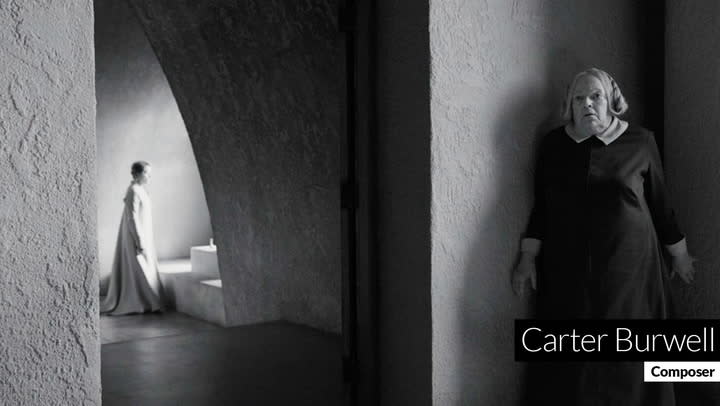
The Score of Macbeth
When Coen first mentioned tackling “Macbeth” with his longtime composer, Burwell got excited he would finally get to work with the traditional Scottish music he loves. “Joel disabused that idea right away,” said Burwell, recalling how Coen was looking to musically explore how Shakespeare’s play suggested different film genres, using the score to bring a thriller and horror aspect to the psychological drama.
When Burwell started to see the black-and-white dailies, his mind gravitated toward how composer Bernard Herrmann’s use of strings brought a sense of discomfort to Hitchcock’s “Psycho.” As he discusses in the video above, the use of strings would also allow him to subtlety switch gears and tap into the tenderness — unique to Washington and McDormand’s interpretation — in the marriage behind the play’s descent into violence and madness.
Treating the dialogue like melody, Burwell lowers the octaves on his orchestra, leaning into cellos and basses, and then finds just the right moments of sound design (with longtime collaborator Skip Lievsay) to break through with touches of brass to create discord. And while, as Burwell discusses in the video above, the score in the film’s first half is designed to put us in Macbeth’s indecision, after Banquo (Bertie Carvel) is killed he introduces a second movement that ushers in the march to war and the sonic themes of a thriller.
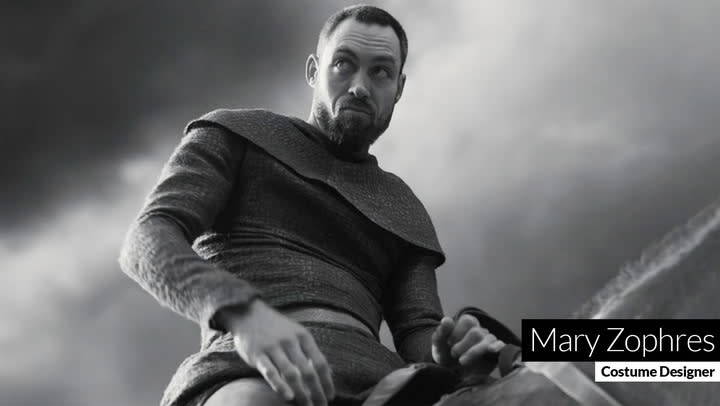
The Costume Design of Macbeth
Coen and Delbonnel built a collection black-and-white images — architectural photography, fine art, and frame grabs from classic films — that served as a starting point with each of their collaborators. When Coen laid the photos out on table for Zophres, his longtime costume designer instantly picked up on how sparse the geometric spaces were. “It seems like you want geometric shapes coming in and out of these spaces, and these doorways and archways and stairways,” Zophres recalled saying to the director.
Her gut reaction was spot-on, and as Zophres discusses in the video above, from that point characters were discussed as chess piece: geometric shapes moved and arranged on the movie’s canvas. While costume designers often think in terms of silhouette, with “Macbeth,” the shapes of characters and how that related to the architecture was key to how characters were defined. As an example of this, in the video above Zophres breaks down how McDormand’s first costume was conceived in terms of the space she’d be entering.
Zophres knew the sparse, unadorned sets meant the viewer’s eye would naturally be drawn to texture, and her costumes needed to supply a contrast to the set design for our eyes to absorb. Indeed, one of the film’s visual pleasures is how the rich details of Zophres’ fabrics leaps off the screen in Delbonnel’s crisp black-and-white photography. It’s one of many examples of how Coen’s longtime collaborators were so perfectly in sync with his vision of “Macbeth.”
READ MORE CRAFT CONSIDERATIONS
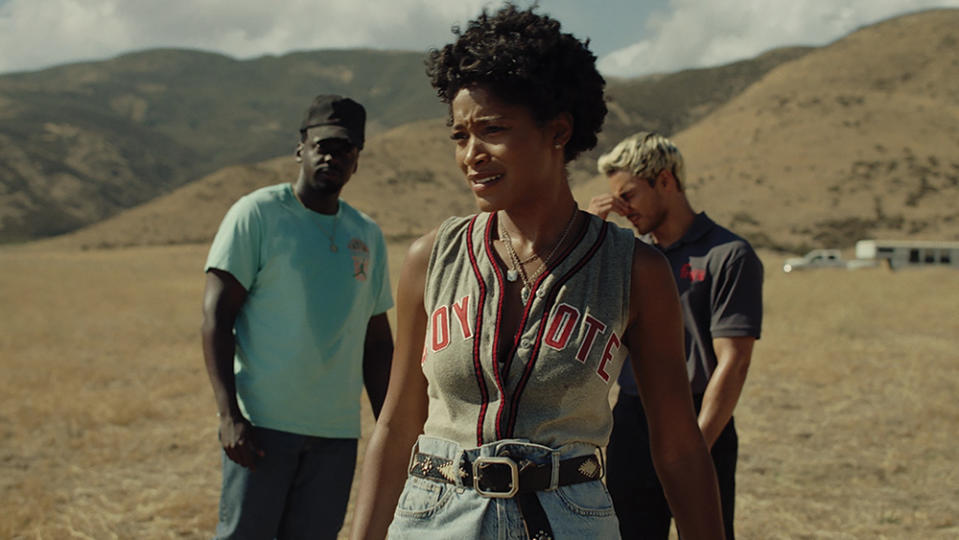
‘Nope’: How Keke Palmer Grounded an Out-of-This-World Horror Story
Watch star Keke Palmer discuss how she and filmmaker Jordan Peele figured out how to tell a sibling-bond story with sky-high stakes.
By Marcus Jones
January 9, 2023 3:30 pm
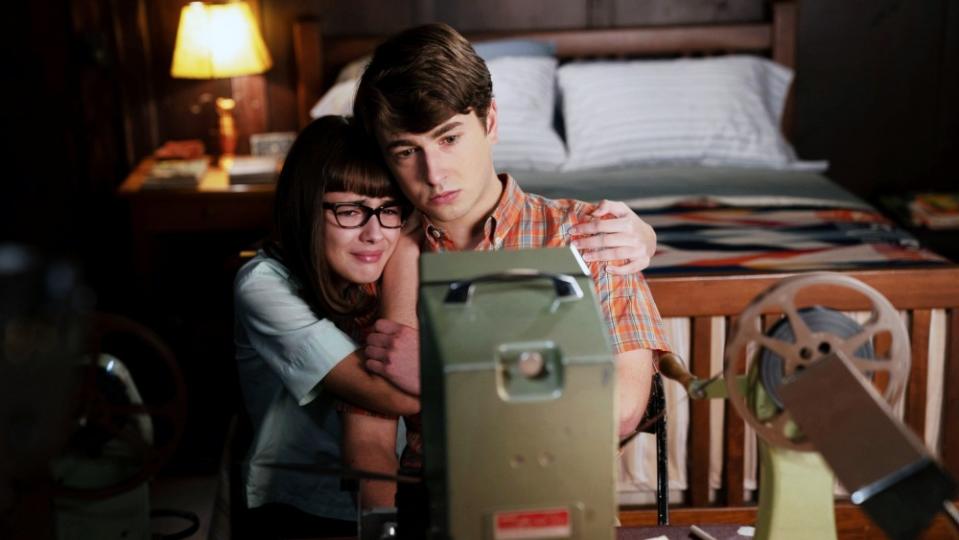
Weaving ‘The Fabelmans’ from Steven Spielberg’s Childhood Memories
Watch Pulitzer Prize winner and Academy Award nominee Tony Kushner discuss translating his longtime collaborator’s life into a screenplay.
By Jim Hemphill
January 5, 2023 2:30 pm
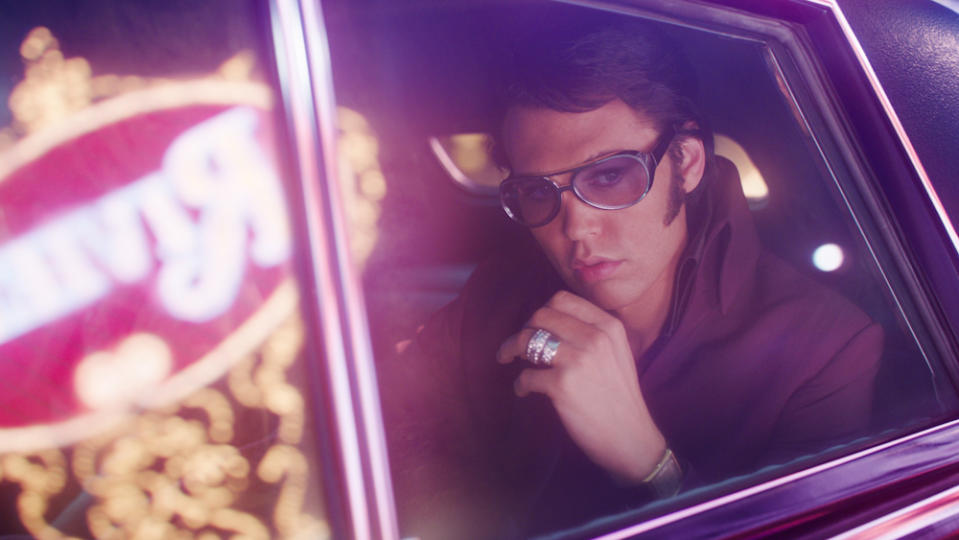
‘Elvis’: Giving New Meaning to the Life and Times of The King
Watch how cinematography, production design, and editing bring Elvis Presley and the culture that exalted him to life.
By Jim Hemphill
December 14, 2022 2:30 pm
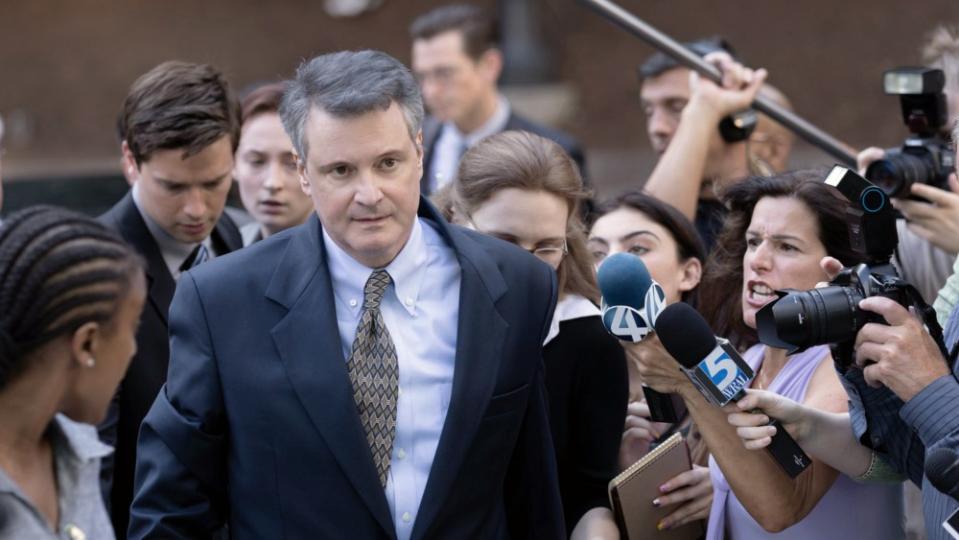
‘The Staircase’: Crafting an Unknowable Mystery
Watch how the writing, casting, and score deepened the complexities of and the questions surrounding one of the modern true crime genre’s defining cases.
By Jim Hemphill, Chris O'Falt, Sarah Shachat
December 7, 2022 5:00 pm
Best of IndieWire
Where to Watch This Week's New Movies, from 'Guardians of the Galaxy Vol. 3' to 'Chile '76'
Every Palme d'Or Winner from the Cannes Film Festival, Ranked
Sign up for Indiewire's Newsletter. For the latest news, follow us on Facebook, Twitter, and Instagram.

 Yahoo Movies
Yahoo Movies 
